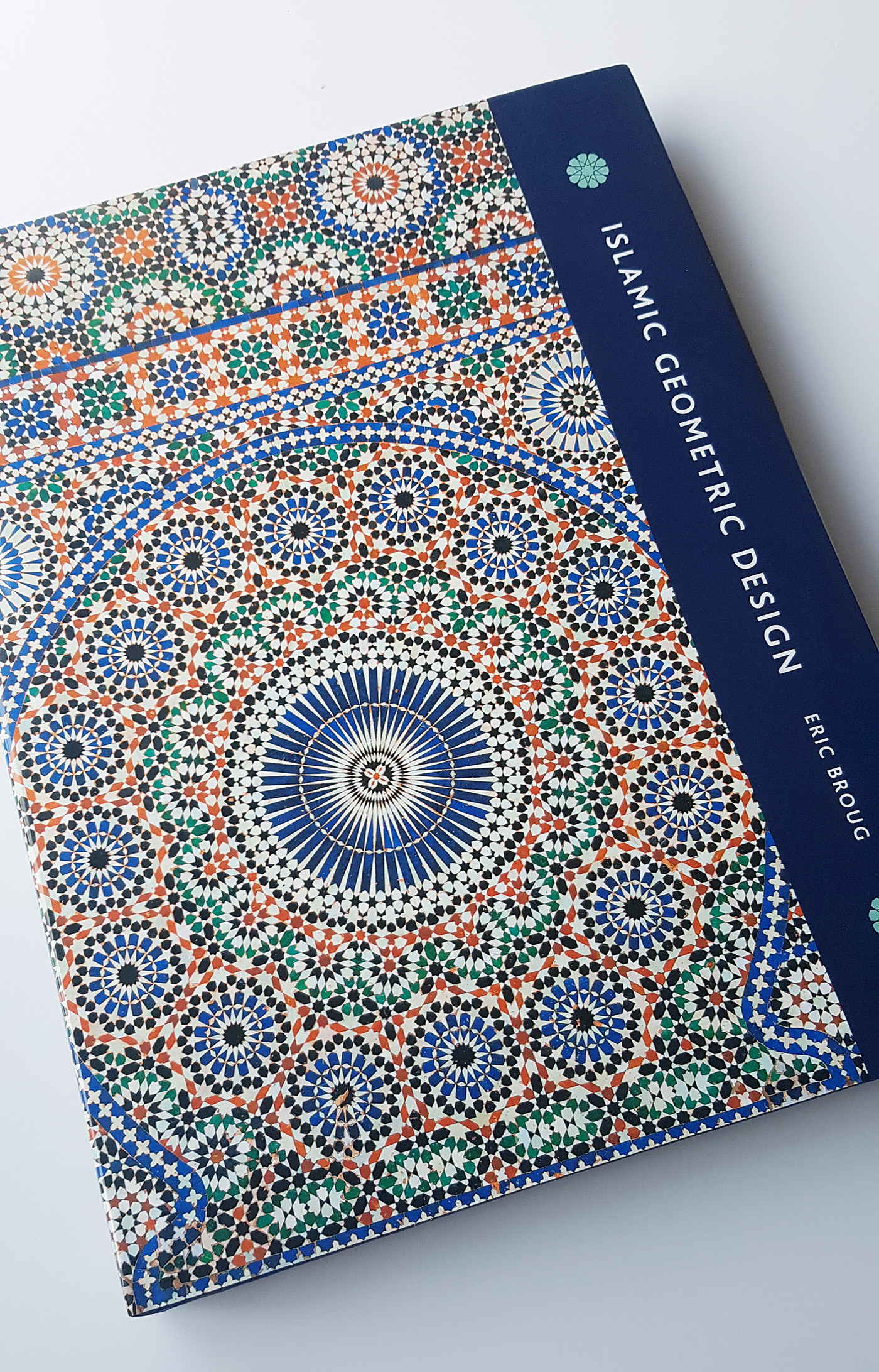
Islamic geometric designs are admired worldwide for their beauty and marvellous intricacy, yet in truth they are seldom understood. Indeed, their complexity and artistry can seem almost beyond the powers of human ingenuity. In this handsomely illustrated volume, artist and teacher Eric Broug analyses and explains these complex designs in their historical and physical context. His own original drawings accompany magnificent photographs of mosques, madrasas, palaces and tombs from the Islamic world, ranging from North Africa to Iran and Uzbekistan, and from the 8th to the 19th centuries. Chapters are devoted to each of the main ‘families’ of geometric design – fourfold, fivefold and sixfold – and to the complex ‘combined’ patterns. Every design is carefully explained, and illustrated with a wealth of stunning photographs and clear, meticulously detailed drawings. Readers can follow the design processes by which these patterns were created and even learn to reproduce and invent geometric patterns for themselves, using exactly the same tools as the Islamic craftsmen of old: a ruler and a pair of compasses.
Broug, Eric. Islamic Geometric Patterns. United Kingdom: Thames & Hudson, 2008.
I agree to the terms outlined below:
You agree to upload and assign Mosqpedia Database the rights to use the content worldwide and in perpetuity across all current and future media platforms. Mosqpedia Database may edit, copy, adapt and translate your contribution.
The content will be distributed under the Creative Commons Attribution-Deed – Attribution-NonCommercial-NoDerivatives 4.0 International – Creative Commons
All data will be stored in line with data protection regulations.